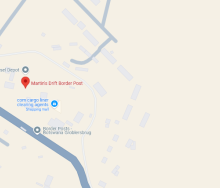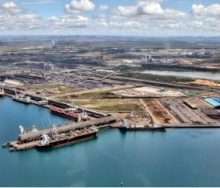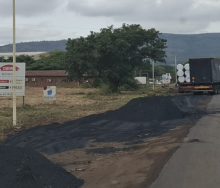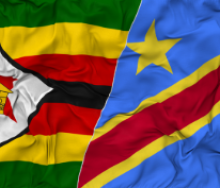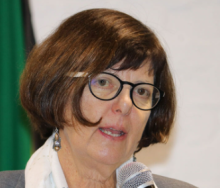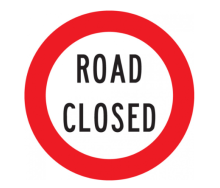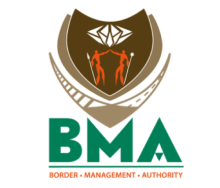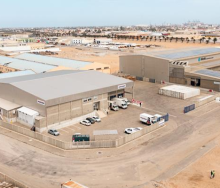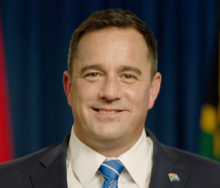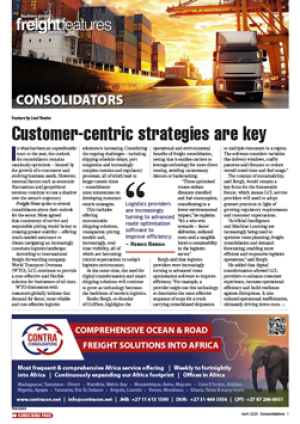The Road Freight Association (RFA) has noted that Minister of Transport, Barbara Creecy, has approved the publishing of the Transnet Network Statement for the rail network in South Africa.
The statement facilitates open access to the country’s rail network by third-party operators.
Are we about to see great things – or are we doomed to a circle of argument and squabbles by various potential third-party operators, as recently seen at the Port of Durban?
For years, the RFA has been very vocal about the need for ‘revolutionary’ change in our rail operations.
Despite its current challenges, South Africa's rail network, with its extensive reach and some (to this day) state-of-the-art infrastructure in certain areas, has the potential to become a cornerstone of the national economy, driving growth and creating numerous jobs.
However, there are some nagging questions.
Can Transnet really create the required environment for third-party operators to operate efficiently on the rail network? Is the rail network, which is the signalling, rail mass carrying capacity, points, sidings, warehousing, security and other infrastructure, ready to accommodate a flood of trains?
Additionally, are there adequate train sets, or will third-party operators have to supply these? Who will adjudicate and resolve disagreements between these third-party operators or between them and Transnet itself?
A huge volume of cargo is delivered via road every day and the reality is that freight needs to move seamlessly between its point of origination and destination. The big rail challenge will create an environment where system failures, or third-party failures, do not lead to the collapse of routes identified for open access.
The RFA has continually noted that rail needs to carry its load, which is clearly underlined by the impact witnessed on roads across the country. These roads were not built to take the volumes of vehicles nor heavy mass loads before any overloading even comes into play.
Both roads and towns along the way have had a Jekyll and Hyde relationship – enduring damage and wear to infrastructure, but with a boost in local trade to support the increase in road freight traffic.
The publication of the network statement is an important step.
The RFA encourages all companies that could become third-party operators to study the statement and engage with the Department of Transport to get rail operations back to a viable and efficient service.
There will still be many opportunities for road transport and there will be changes in how transport is run in the long term, but we need to get the foundation pieces running –reliably, efficiently, securely and affordably.
The RFA will watch developments with keen interest as 2025 will be a crucial year to ensure that South Africa turns around to become a vibrant logistics hub, chain and developmental node for all modes of transport, leading to improved economic growth and job creation.
Surely by now there should be no argument that road and rail can and must symbiotically work together?

